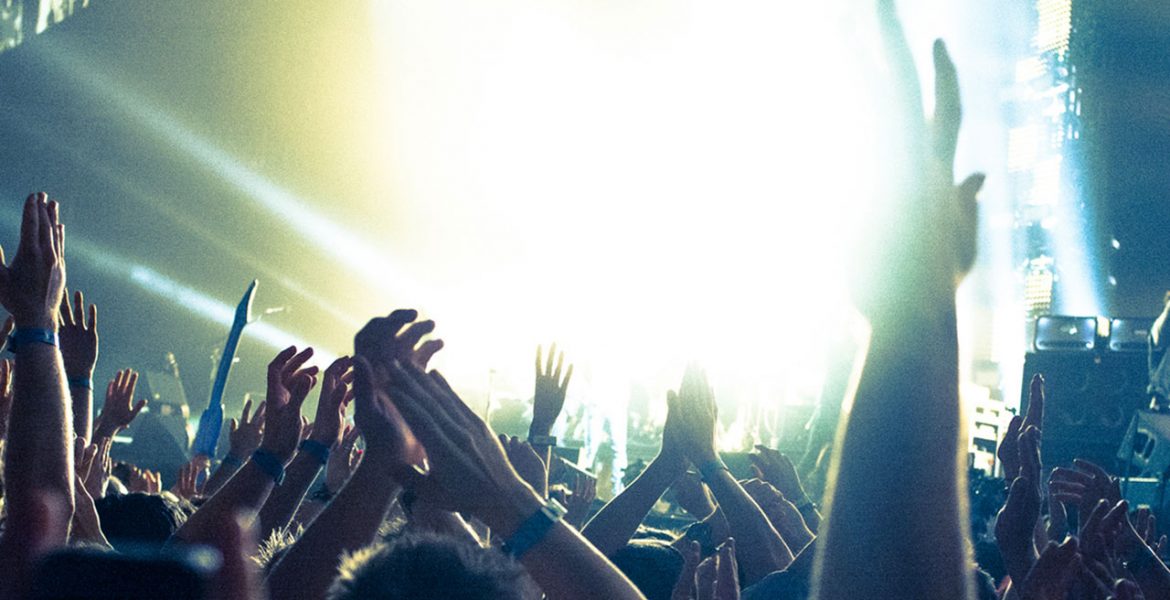Nothing is certain but death, taxes — and unpredictable weather at British summer festivals.
Here’s to warm beer from a disposable cup; to £12 cones of chips, and that portaloo you never want to discuss again.
More than a thousand festivals, attracting some four million people, took place on these shores in 2018 — a figure double that of a decade earlier. The UK festival market has been subject to a groundswell, and with it, a radical reshaping. We’ve gone from £1 Glastonbury tickets to glamping within 50 years.
Rain or shine, we love a festival. And considering Glastonbury sells out in minutes, it’s fair to say that the demand for more festivals is high, and that the number will only proliferate. A new festival or experience seems to pop up every day, some more obscure than others.
Across the pond, while they don’t have the same festival heritage as us, our American cousins have nailed brand sponsorship. Coachella, in California, turned over £88 million in 2017 — over double Glasto. Though, we shan’t mention Fyre Festival.
UK brands are responding, but slowly. Co-op, for example, recently announced its expanded partnership with festival operator, Live Nation. Likewise, festival goers at AEG’s All Points East last month witnessed a myriad of activations, from Huawei to Amex and much in between.
According to research company CGA, total consumer spending at festivals (on top of tickets) is fast approaching £200m per year in the UK. Audiences are in the mood for food, drink, and an unforgettable experience. But despite leaps in the right direction, especially at big name events, the UK festival scene remains a remarkably untapped well of opportunity.
I say remarkably because a festival is an unrivaled environment for brands to achieve ‘category exclusivity’ — that is, a guarantee that limits competitors’ access to your target consumer group.
Glastonbury this year sees EE turn a parish deep in rural Somerset — that barely has 3G at the best of times — into a temporary 5G hotspot. Few attendees will even have 5G activated devices. But that is beside the point. There will be 135,000 people at Glastonbury, many of whom will leave associating 5G with EE. They will see its power firsthand, under EE banners.
That’s without mentioning the veritable content farms most festivals are. The social media network effect from #Glastonbury snaps offers a brand exposure that will reach far beyond the confines of the festival by orders of magnitude. Vodafone, its nearest competitor, will be nowhere to be seen.
Brands at festivals need to add value to the festivalgoer’s life. To make something a reality that wouldn’t have been possible without the brand’s support. To know who your festival consumer is and address their beliefs in a way that helps them.
When working with festivals we have created the Festival Hierarchy of Needs, to establish the role of a brand or product in adding to the festival goers experience and working out where there is a natural fit.
We’ve been working with Old Mout cider for a few years now, organising its Kiwi Camp at Boardmasters and the Isle of Wight festival. Old Mout is a brand with environmentalism at its heart, while festivals are infamously wasteful places. By setting up a place where progressive and environmentally-aware festival goers can chill out with a cider, safe in the knowledge they are reducing their carbon footprint, it addresses their concerns while improving their day.
That’s one brand that definitely has permission to be there, rain or shine.

